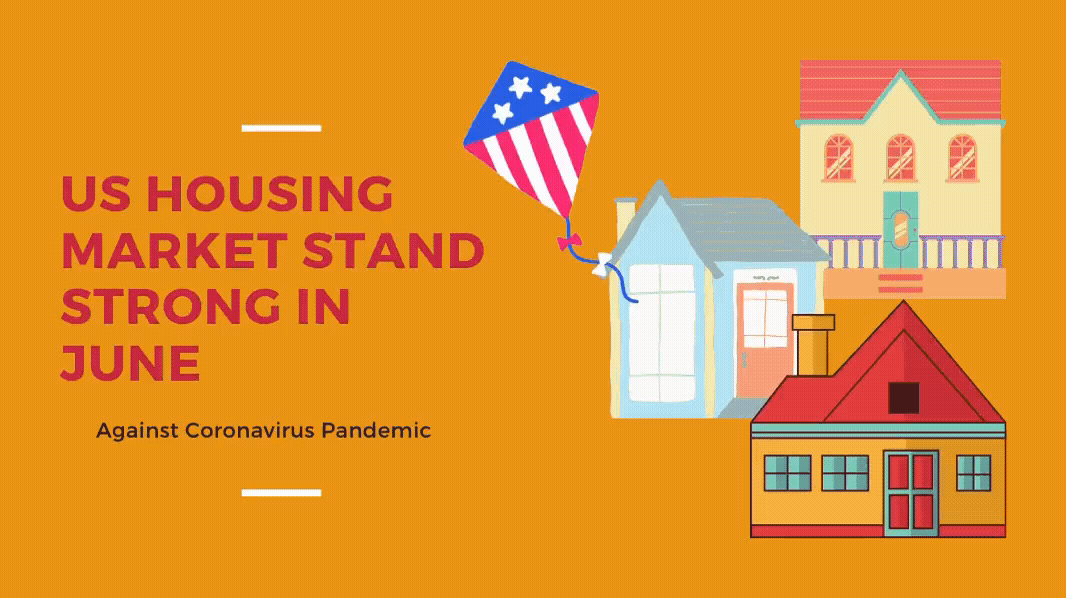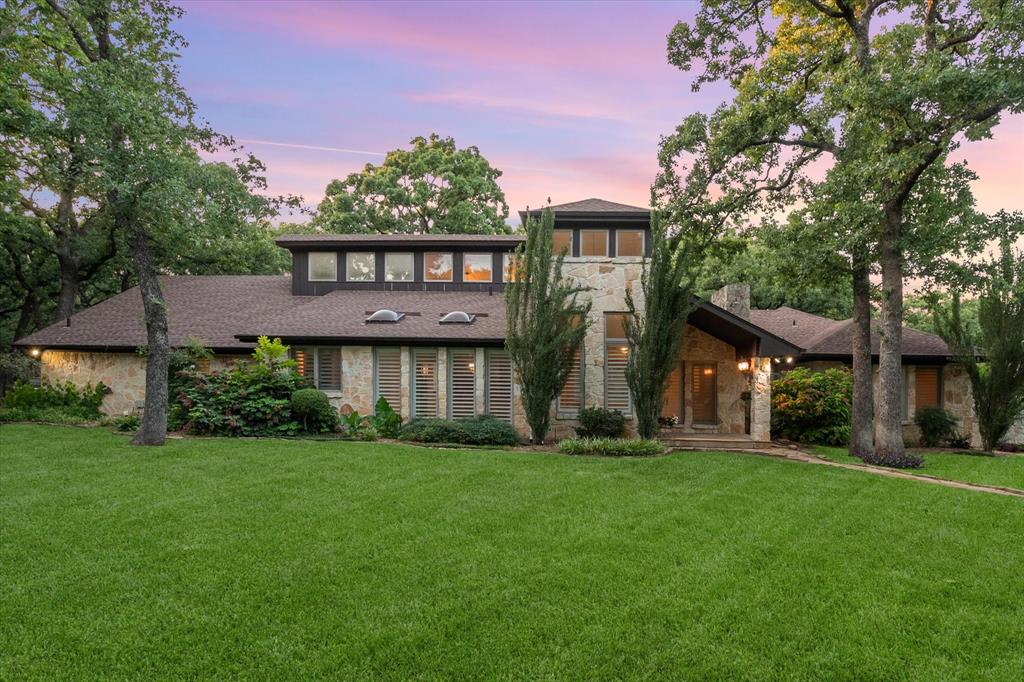There have been many changes in the US Housing Market this year.
The outcome has been a market that has, despite predictions of an immediate crash, stood up to a pandemic. When looking at how that happened, one must look at two views. There’s a macro view of the overall market across the US. There’s a micro view of the day to day activities within the industry.
One has changed dramatically. One has not changed as much as predicted.
How Has Selling A Home Has Changed in the US
The forecast was simple once the pandemic hit. Not many people would sell their homes. Many sellers would delay putting their homes on the market. They’d do this to continue social distancing and eliminate the need to move in the middle of a pandemic.
This wasn’t the case however, because the real estate industry is nothing if not creative. Realtors quickly established virtual mechanisms to maintain social distancing and keep the industry going. They knew it was on their shoulders to keep things moving while flattening the curve.
People who didn’t have the luxury of waiting saw homes via video tour. Contracts were signed electronically. Zoom meetings, text messages, and other communication methods were used.
Realtors were deemed ‘essential workers’ in many areas. Then they did what they do best.
They sold homes.
Zillow reports that the last week of March, compared with the average from February, saw a 408% increase in users making 3D videos for homes on the market. These tours aim to immerse prospective buyers and recreate the feeling of touring a home in person.
Homes that are on the market aren’t lingering. Real estate listing agents are highly focused on making sure they price these home appropriately so they don’t sit on the market too long.
Prices Stay Strong
Listing Prices Continue to Accelerate Despite COVID-19
The median national home listing price grew by 5.1 percent year-over-year, to a new high of $342,000 in June. This is an acceleration from the 1.6 percent year-over-year growth seen in May. The nation’s median listing price per square foot also grew by 7.7 percent year-over-year, an acceleration from the 5.4 percent growth seen last month.
Within the nation’s largest metros, the median listing price growth also accelerated compared to last month. Listing prices in the largest metros grew by an average of 5.7 percent compared to last year, an acceleration from the 3.3 percent year-over-year gain seen last month, and higher than the national growth rate. Of the largest 50 metros, 46 saw year-over-year gains in median listing prices in June, up from 35 last month. Pittsburgh, PA (+23.8 percent); Los Angeles-Long Beach-Anaheim, CA (+21.4 percent); and Cincinnati, OH-KY-IN (+16.6 percent); posted the highest year-over-year median list price growth in June. Few metros saw price declines, with the highest being Miami-Fort Lauderdale-West Palm Beach, FL (-2.3 percent); Jacksonville, FL (-0.8 percent); and Dallas-Fort Worth-Arlington, TX (-0.7 percent).
The Forecast
With the economy reopening in most states, May may have been the bottom of the 2020 real estate market. NAR’s chief economist believes the summer forecast is for growth.
New home sales just reported however, rose 17% in May which was a trend and a big positive for the housing market. Demand is there, yet it’s for new types of homes.
The buyer trend of moving away from cities to smaller towns and rural areas continues. Irving, TX made the Top 10 in most livable cities to live in the US.
The new work from home imperative is driving sales of modern, technology-enabled homes. The trend of new home sales is pushing up single detached home prices and sales in contrast with urban apartments and condos.
- National inventory declined by 27.4 percent year-over-year, and inventory in large markets decreased by 26.5 percent.
- The inventory of newly listed properties declined by 19.3 percent over the past year, and 16.2 percent in large markets
- The June national median listing price was $342,000, up 5.1 percent year-over-year.
- Nationally, homes sold in 72 days in June, 15 days more slowly than last year
New Home Sales Surprising Jump
Resale home sales dropped by 9.7%. The median existing-home price for all housing types during May was $284,600. That is up 2.3% from May 2019 ($278,200). Home supply increased to 4.5 months in May.
New home sales rose to a seasonally adjusted annual rate of 676,000 units in May, up from April’s adjusted total of 580,000 units. New home sales are a leading indicator, and home buyer intent is rising. Experts believe we’re at the beginning of a cyclical upsurge.























0 Comments